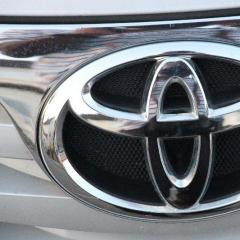Hi Rhian, It is normal. When you and your helper changed the brakes, did you do the following: clean the hub mating surfaces before mounting the discsremove the protective grease from the disc contact surface using brake cleaning spray and clothOnce you have pumped the pedal a few times, you should have a good braking action, but as Michael has said spongy brakes until they have bed in. This means you should brake gently and try to anticipate traffic and road conditions, plus have a larger gap to the car in front. It may even improve your economy! After about 150 miles you should have firmer brakes. Also your brake fluid may need changing if there is no change after the bedding period. Konrad


